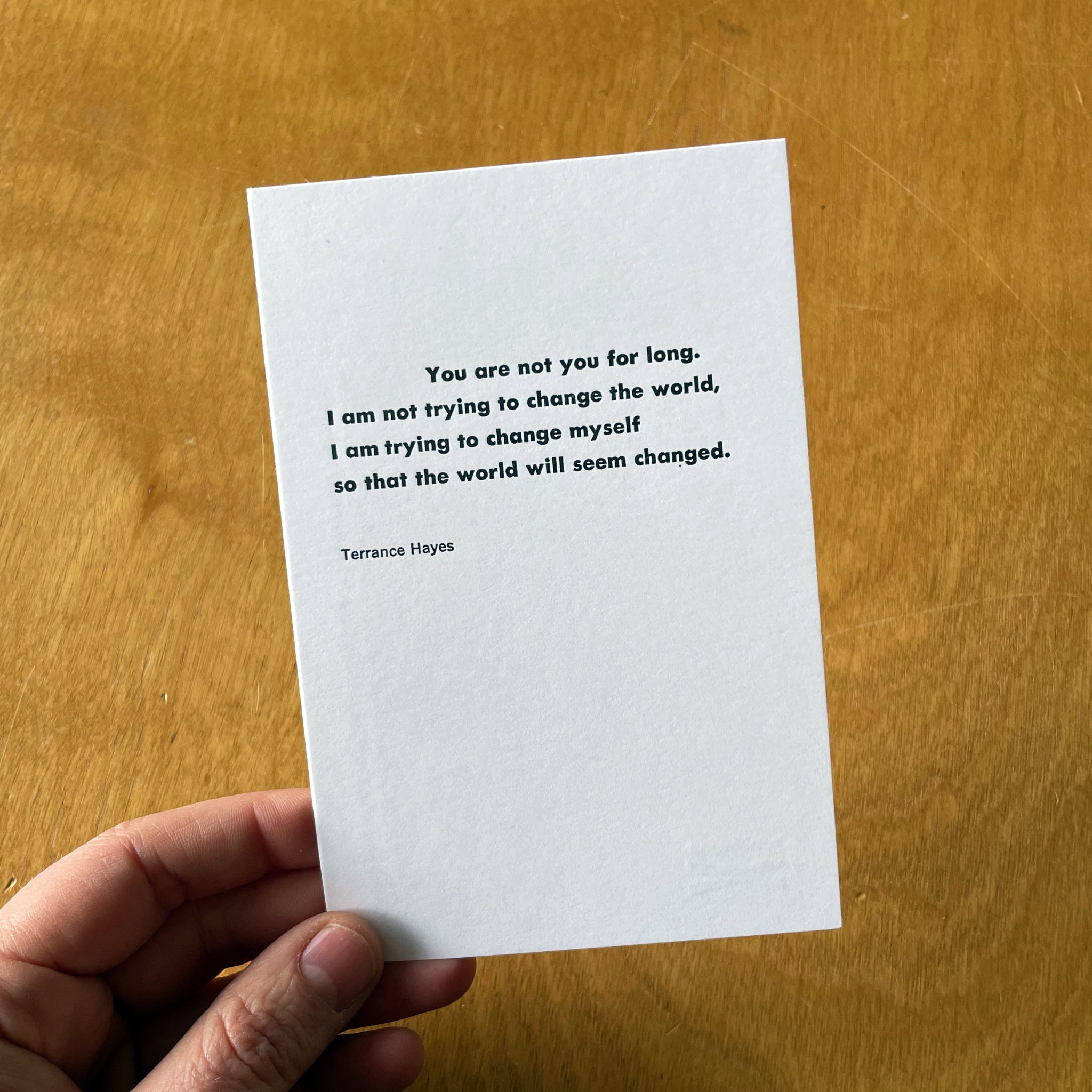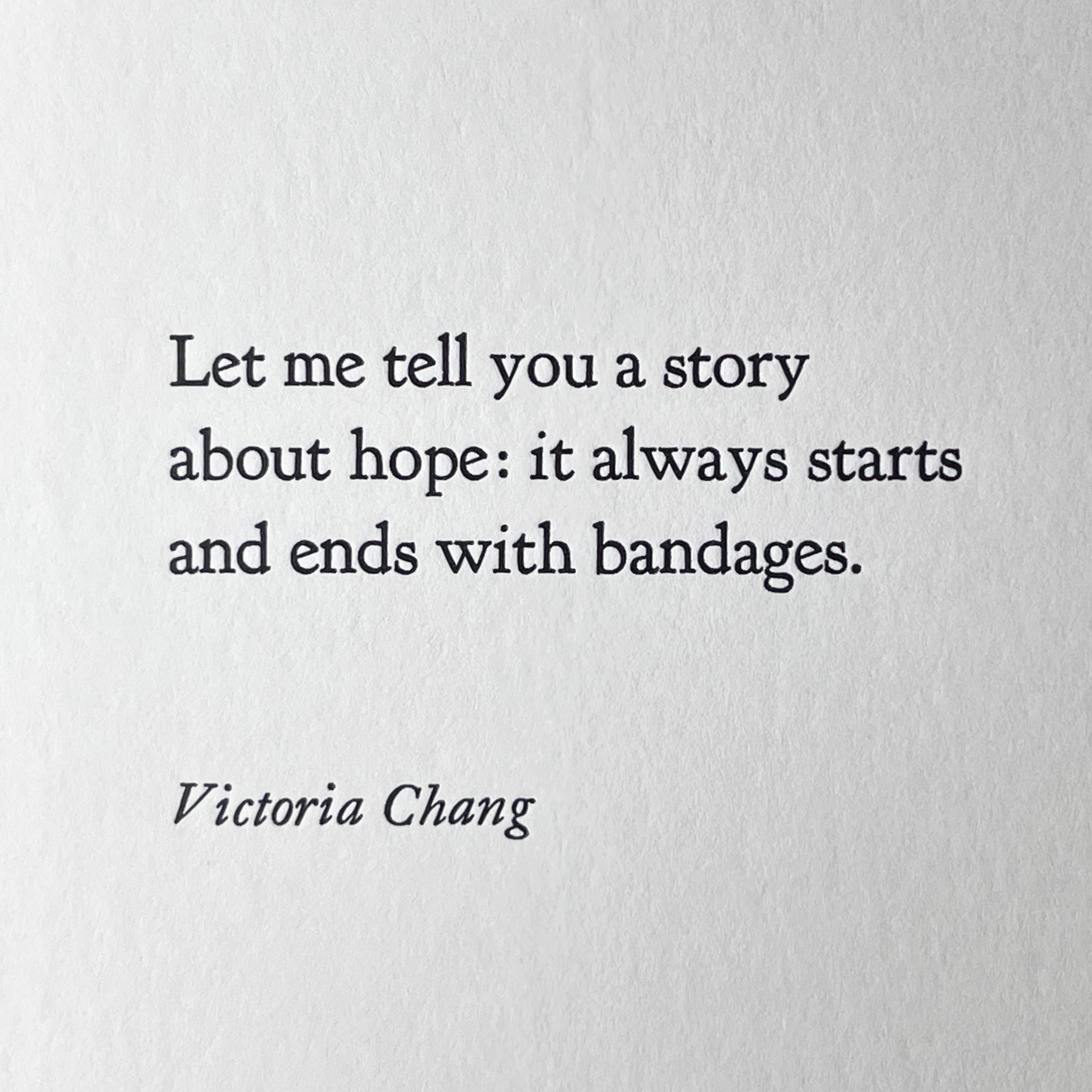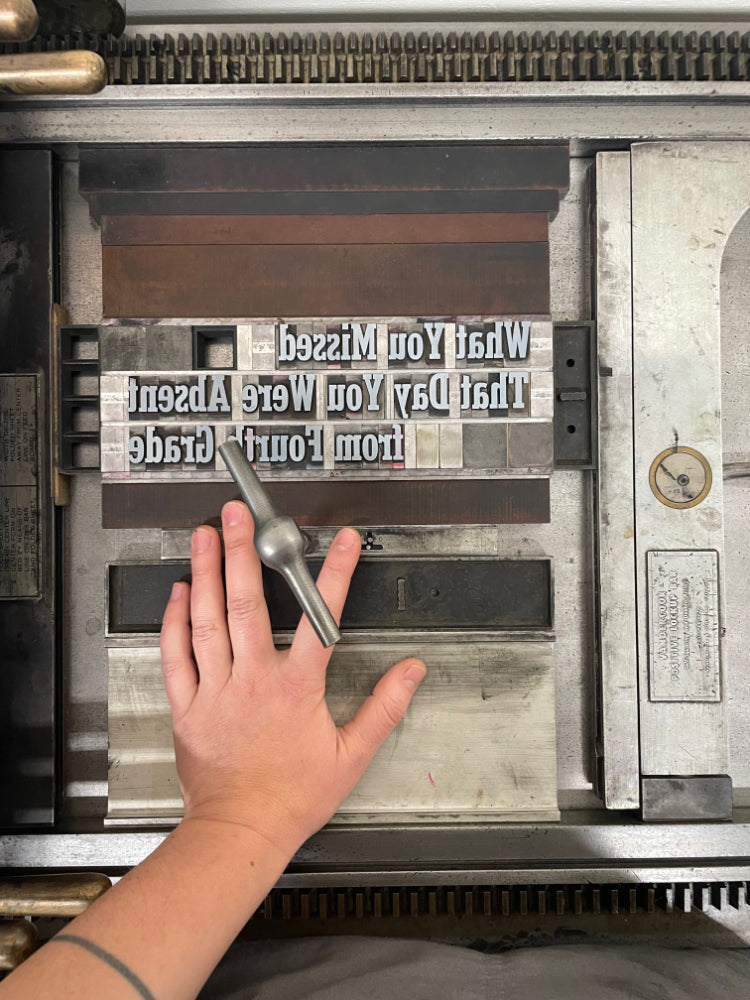Making Notebooks from Letterpress Broadsides

These notebooks are made from seconds of broadsides and hand-sewn to become your new pocket companion!
At 5x8 inches with 60 blank pages, they're slim enough to tuck into a large jacket pocket, sturdy enough to jam into any tote. The interior paper is Strathmore writing, a smooth stock that's 100% post-consumer waste recycled but fancy enough to have a watermark. The covers are trimmed down from a stack of imperfect prints I saved years ago because I didn't have the heart to toss them when I knew I could make something useful with them. The cherry on top is red Irish linen thread, waxed and sewn by hand.

I go through a lot of notebooks with my daily practice of morning pages, and over the years (now 12!) I have settled into a large-format Moleskine. As a rule I don't make my own morning pages notebooks because I feel it would get too tedious — and I admit I love the uniformity of the nondescript black ones I use. But when I travel, be it for weeks overseas or a bus ride downtown, I always carry a different notebook with me. Two, actually. My wallet has a mini notebook for hardware store lists and snippets from readings and conversations that catch me. Then there's this medium format, 5x8, that I love for its balance of portability and capacity. It has room for bigger thoughts.
For me the size of a notebook matters a lot and it matters to have more than one. And to always have one! I think differently on the road than at home and while I rarely look back at anything I wrote, I feel a panic if I don't have a physical space for writing. I think it has to do with the utter trust and freedom I've developed from daily free writes. The blank pages never judge, and they are always there for any dumb thought I may have on the journey to half a moment of profundity.
Like any material process, letterpress printing produces some amount of waste: paper offcuts from trimming to size, dregs of ink and oily rags, many test prints (proofs) from the design process, waste sheets from setting up the press, and imperfect prints — called "seconds" — that are culled in the final quality control ahead of packaging. I reuse what I can by compulsion and I recycle a lot. It's gotten easier over the years as I amass more and more paper and wow did moving the shop encourage a whole new level of letting go. But still!
Behind every finished broadside is a tidy stack of seconds and a messy pile of proofs. There are more or less depending on the complexity of the design; though sometimes it has to do with how late I was working and that I forgot to print the accents on the author’s name on part of the edition because they were drying on a board above my head… which happens more often than you'd think in a small busy printshop.
You can find notebooks here, including Reading Not Swiping and Instructions/Astonished (These ones resulted from a "happy accident" when using seconds of Ada Limón's Instructions on Not Giving Up broadside as test sheets for setting up the press for Jane Wong's Astonished Enough broadside!)





